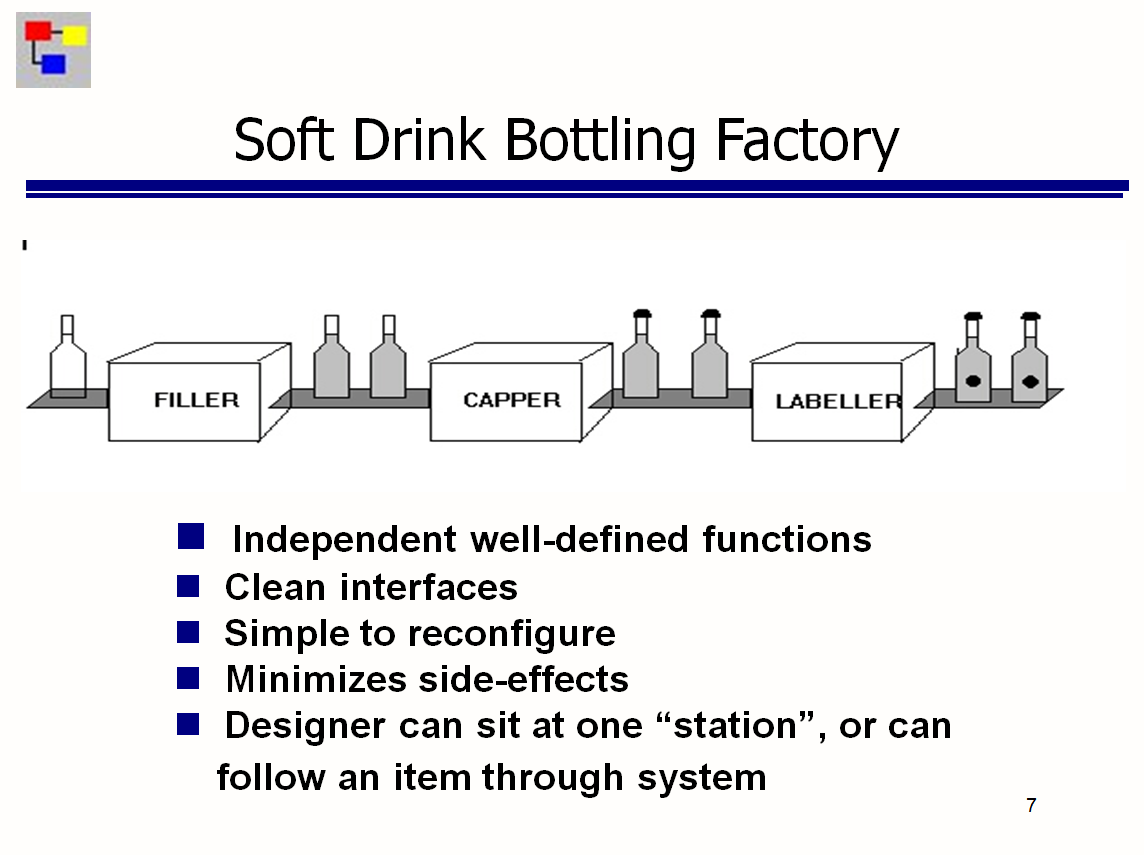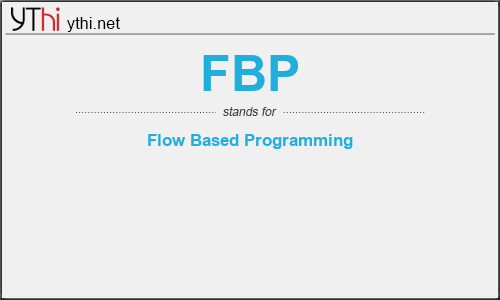What does FBP mean? What is the full form of FBP?
The Full Form of FBP is Flow Based Programming.
In computer programming, Flow-Based Programming (FBP) is a programming paradigm, discovered/invented by J. Paul Rodker Morrison in the late ’60s, that uses a “data processing factory” metaphor for designing and building applications. FBP defines applications as networks of “black box” processes, which communicate via data chunks (called Information Packets) travelling across predefined connections (think “conveyor belts”), where the connections are specified externally to the processes. These black box processes can be reconnected endlessly to form different applications without having to be changed internally. FBP is thus naturally component-oriented.
FBP is a special case of dataflow programming characterized by asynchronous, concurrent processes “under the covers”, Information Packets with defined lifetimes, named ports, “bounded buffer” connections, and definition of connections external to the components – it has been found to support improved development time and maintainability, reusability, rapid prototyping, simulation, improved performance, and good communication among developers, maintenance staff, users, systems people, and management – not to mention that FBP naturally takes advantage of multiple cores… without the programmer having to struggle with the intricacies of multitasking!
FBP exhibits “data coupling”, described in the article on coupling as the loosest type of coupling between components. The concept of loose coupling is in turn related to that of service-oriented architectures, and FBP fits a number of the criteria for such an architecture, albeit at a more fine-grained level than most examples of this architecture.
FBP promotes high-level, functional style of specifications that simplify reasoning about system behavior. An example of this is the distributed data flow model for constructively specifying and analyzing the semantics of distributed multi-party protocols.

bottling_factory
FBP
means
Flow Based Programming![]()
Translate Flow Based Programming to other language.


Leave a Reply
You must be logged in to post a comment.